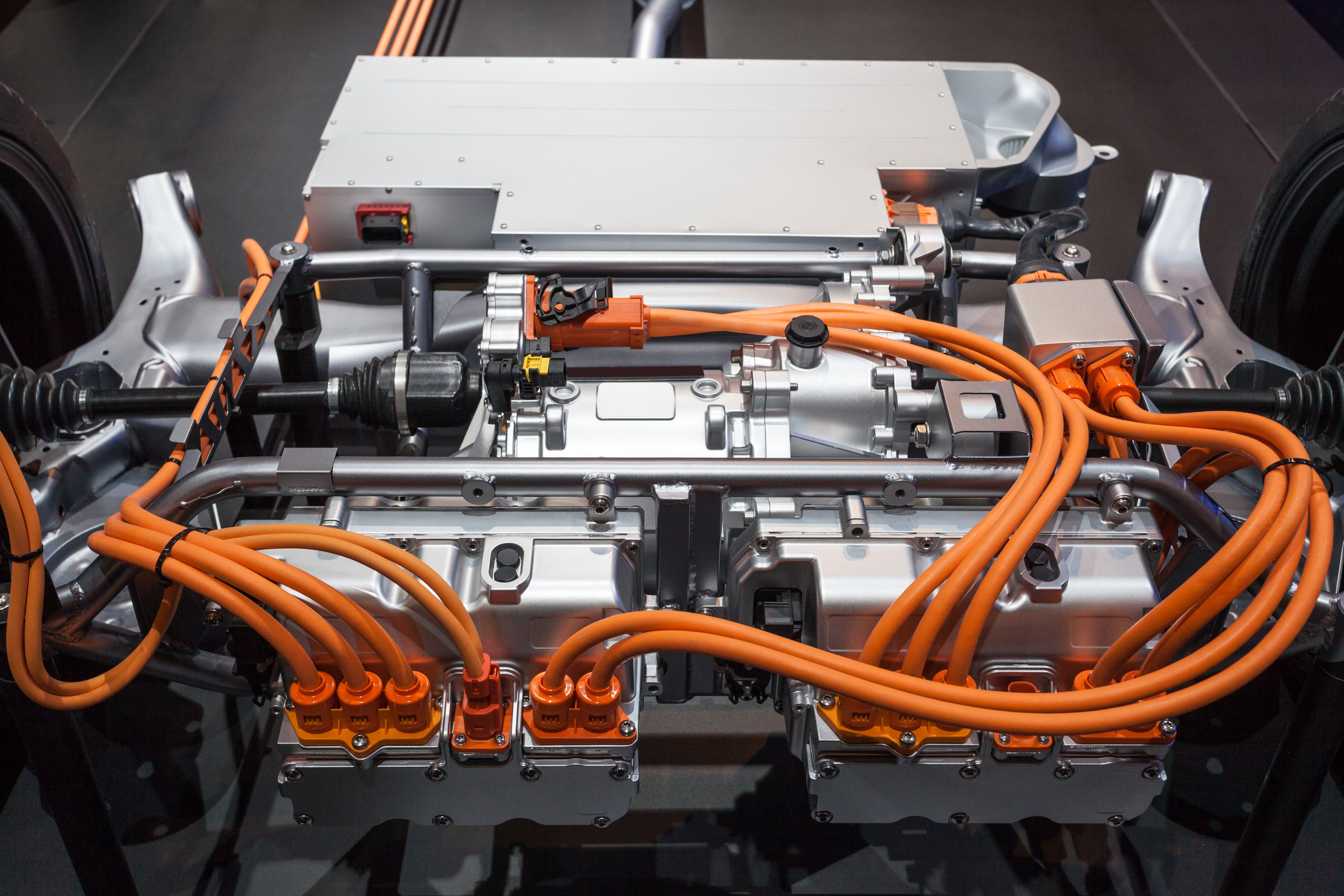
The challenge:
- To develop a next-generation 150°C XLPO high-voltage battery cable with ultimate flexibility, robust thermal compression characteristics, ISO-19642 conformance, and the ability to strip cleanly and consistently with no paper separator.
Project background:
North American vehicle manufacturers were experiencing two issues caused by battery cables that did not possess enough flexibility.
First, slow production start-ups due to worker absences caused by repetitive motion injuries and other fatigue-related absences. Battery cables tend to be large and heavy and need to be twisted and flexed in order to route and terminate them correctly. This repetitive motion with heavy cables caused fatigue and occasional injury.
A second issue involved cables pulling out of their connectors due to strain at the connector caused by bends in the cable near the connection point. Battery cables simply had to get more flexible to rectify both of these situations.
The first cable manufacturers experimented with was a synthetic rubber cable (EPDM). EPDM cables are quite flexible, but have deficiencies such as stripping and termination inconsistencies caused by a paper separator. Paper separators are often necessary with EPDM and other chemically vulcanized (CV) cable insulation materials due to the extreme pressure used during extrusion, which can cause the insulation material to embed in the conductor strands. The paper separator prevents this from happening.
However, the separator does not always strip cleanly during termination, which has led to termination issues. There are also occasional issues obtaining 100% coverage of the paper during continuous manufacture. This can cause a weak point in the insulation and lead to a heat-age failure. These concerns have caused some vehicle OEM’s to disallow paper separators in high-voltage battery cables.
The challenge:
To develop a next-generation 150°C XLPO (Cross-linked Polyolefin) high-voltage battery cable with ultimate flexibility, robust thermal compression characteristics, meeting ISO-19642-5 and -9, and the ability to strip cleanly and consistently with no paper separator.
Champlain’s Research and Development group worked with Process Engineering and Product Development to research available raw materials and chemistries and review processing technologies. Champlain developed several materials as candidates and produced multiple samples for testing to ISO-19642-9. Processing techniques were analyzed and modified, including modification of extrusion characteristics to optimize specific product performance characteristics.
The solution:
Champlain developed EXRAD® ERGOFLEX irradiation cross-linked polyolefin insulation. This material chemistry coupled with processing techniques allowed for a final product which met all of the requirements for flexibility, ISO-19642 compliance, strip-ability and compression-set characteristics. Plus, it was lower cost than many of the existing products used. Side by side testing of the prior EPDM material demonstrated that EXRAD ERGOFLEX was actually more flexible, smaller, lighter and stripped consistently without a paper separator.
The Results:
Multiple vehicle OEM’s have approved the EXRAD® ERGOFLEX product and the flexibility is reducing the number of worker injuries and virtually eliminating connector pull out. EXRAD ERGOFLEX offered the greatest flexibility, with consistent cut and strip processing at a lower cost.
